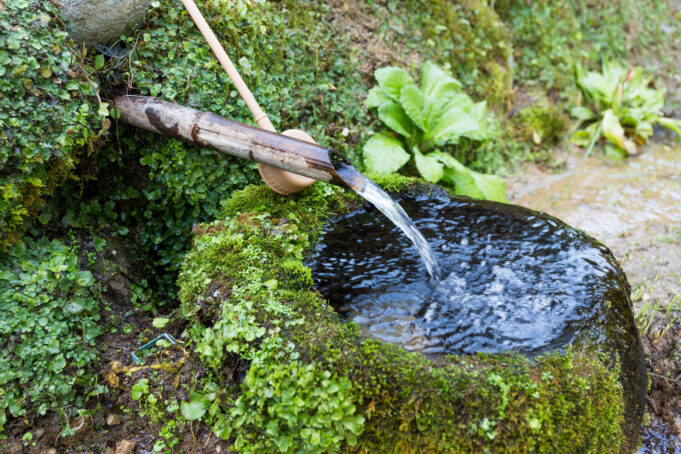Access to clean drinking water is a fundamental human right, yet a growing global population and increasing industrialization are putting immense strain on our water resources. While traditional water purification methods are effective in treating large volumes of water, they often lack specificity, removing both harmful and beneficial ions and making these methods inefficient.
Phytochelatin Enters the Chat
Researchers have long admired nature’s ability to adapt to challenging environments. One such marvel is phytochelatin, a protein found in plants that can selectively bind and neutralize toxic heavy metal ions. This remarkable ability has inspired scientists at Osaka University and their collaborators to develop a groundbreaking new water purification technology.
Mimicking Nature: A Novel Polymer
By meticulously studying the structure of phytochelatin, the research team identified the key components responsible for its ion-binding capabilities: carboxylate and thiolate groups. These groups were then incorporated into a synthetic polymer, creating a material with the same selective binding properties as the natural protein.
To enhance the polymer’s efficiency, the researchers ingeniously incorporated it into silica beads and cellulose membranes, creating a high-throughput, flow-through system. This innovative approach significantly increased the polymer’s capacity to remove harmful contaminants while maintaining its selectivity.
A Promising Future for Water Treatment
The new polymer-based water purification system demonstrates exceptional performance in removing cadmium, a highly toxic heavy metal. Additionally, its ability to bind to mercury ions suggests its potential for addressing other heavy metal contamination challenges.
This breakthrough holds immense promise for the water treatment industry. By offering a highly specific and efficient solution for removing harmful contaminants, this technology can contribute to cleaner water sources, improved public health, and a more sustainable future.
As the world continues to grapple with water scarcity and pollution, innovative solutions like this plant-inspired polymer offer hope for a cleaner, healthier planet.
SOURCES: Science Direct, Nature Communications





